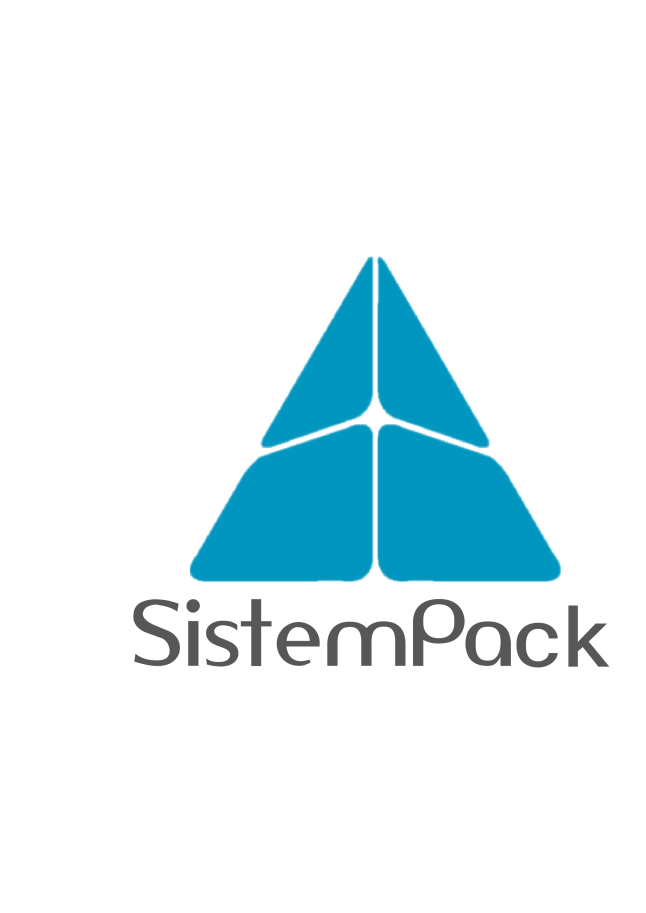Executive Summary
This white paper explores the critical role of packaging in the agriculture industry. Packaging is more than just a means of transporting goods; it plays a pivotal role in preserving the quality of agricultural products, ensuring food safety, and reducing waste. In this document, we delve into the challenges and opportunities in agricultural packaging, sustainable practices, and technological advancements that are shaping the industry.
Introduction
The agriculture industry is the backbone of global food production, providing sustenance for billions of people. In this context, packaging plays a crucial role in ensuring that agricultural products reach consumers in optimal condition while minimizing environmental impact. Effective packaging solutions are essential for preserving freshness, preventing spoilage, and reducing food waste.
Challenges in Agricultural Packaging
1. Food Safety
Maintaining the safety of agricultural products is paramount. Packaging must protect against contamination, pests, and environmental factors that can compromise food safety. Proper packaging materials and techniques are vital to mitigate these risks.
2. Shelf Life Extension
Agricultural products often have limited shelf lives. Packaging technologies such as modified atmosphere packaging (MAP) and controlled atmosphere packaging (CAP) help extend shelf life by controlling oxygen and moisture levels inside packaging, slowing down the deterioration of fresh produce.
3. Sustainability
The agriculture industry is increasingly focused on sustainability. Packaging has come under scrutiny due to its contribution to plastic waste. Sustainable packaging solutions, including biodegradable materials and eco-friendly designs, are essential to address this concern.
Sustainable Agricultural Packaging
1. Biodegradable Materials
Biodegradable packaging materials made from natural sources like cornstarch, sugarcane, or paper offer a sustainable alternative to traditional plastics. These materials break down naturally, reducing the environmental impact of packaging.
2. Recycling and Circular Economy
Promoting recycling and implementing circular economy principles in packaging design can significantly reduce waste. Encouraging consumers to recycle agricultural packaging materials is crucial, and industries can collaborate to establish collection and recycling programs.
3. Minimalistic Design
Reducing excessive packaging and opting for minimalistic designs can minimize the environmental footprint. It not only reduces material usage but also lowers transportation costs due to reduced weight and volume.
Technological Advancements
1. Smart Packaging
Incorporating sensors and RFID technology into packaging allows for real-time monitoring of product conditions such as temperature and humidity. This technology can help prevent spoilage and ensure product quality throughout the supply chain.
2. Nanotechnology
Nanotechnology has the potential to create packaging materials with enhanced barrier properties. Nanoparticles can be incorporated into packaging to provide better protection against moisture, oxygen, and contaminants.
3. 3D Printing
3D printing offers customizable and efficient packaging solutions. It enables the creation of packaging tailored to the shape and size of specific agricultural products, reducing material waste.
Conclusion
Packaging in the agriculture industry is undergoing a transformation driven by the need for sustainability and the adoption of advanced technologies. Balancing the preservation of product quality, food safety, and environmental impact is the key challenge. Sustainable materials, recycling initiatives, and innovative technologies are shaping the future of agricultural packaging. As the industry continues to evolve, collaboration between stakeholders and a commitment to sustainable practices will be essential for a more environmentally responsible and efficient agricultural packaging ecosystem.
